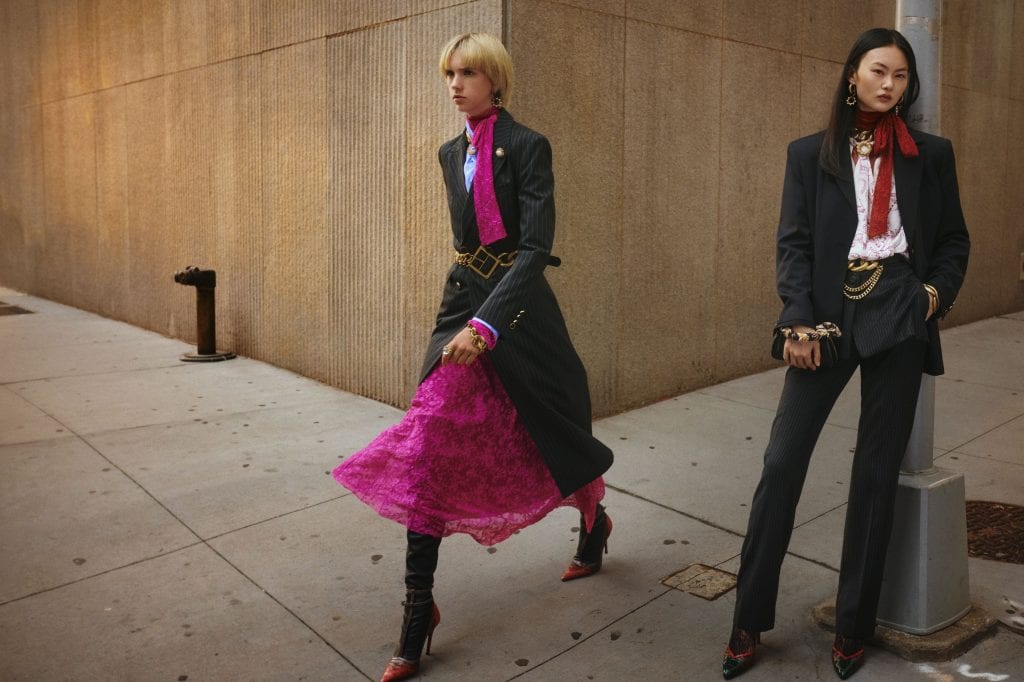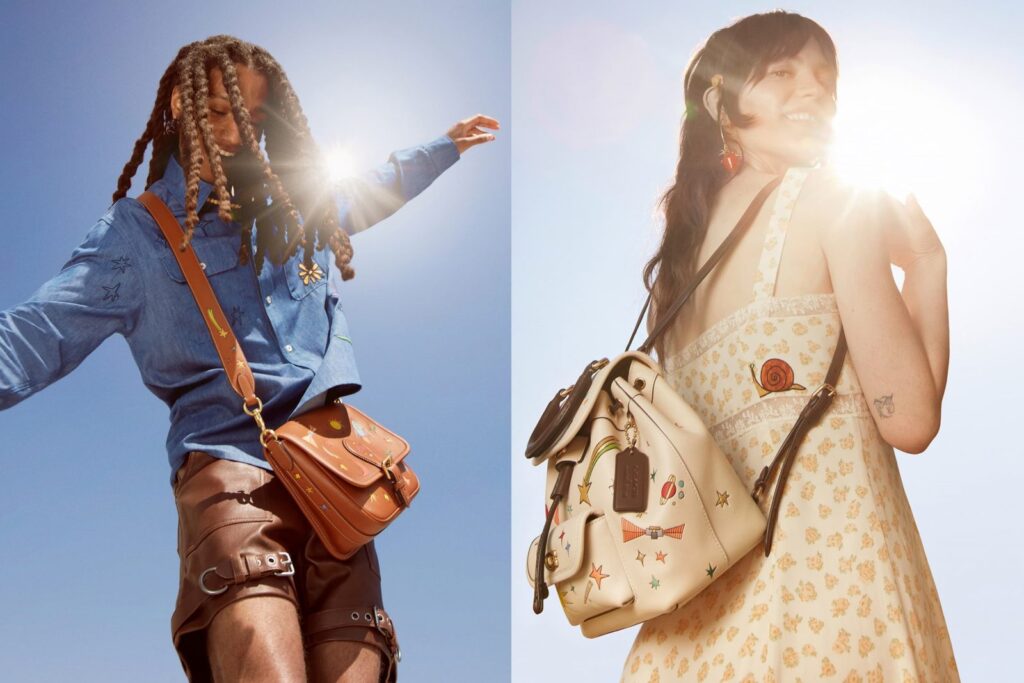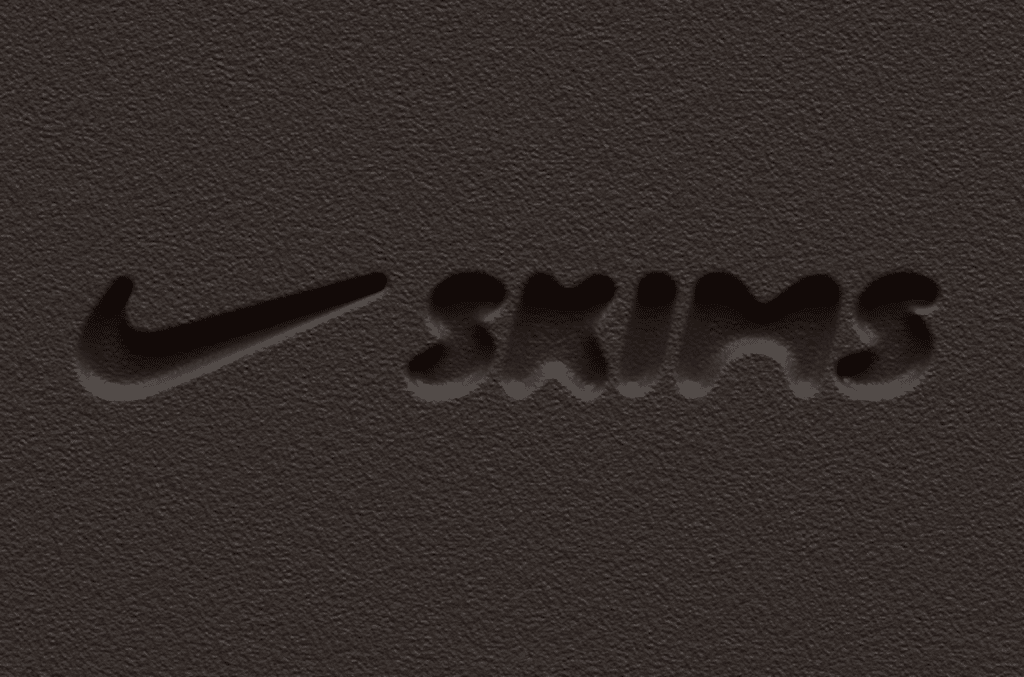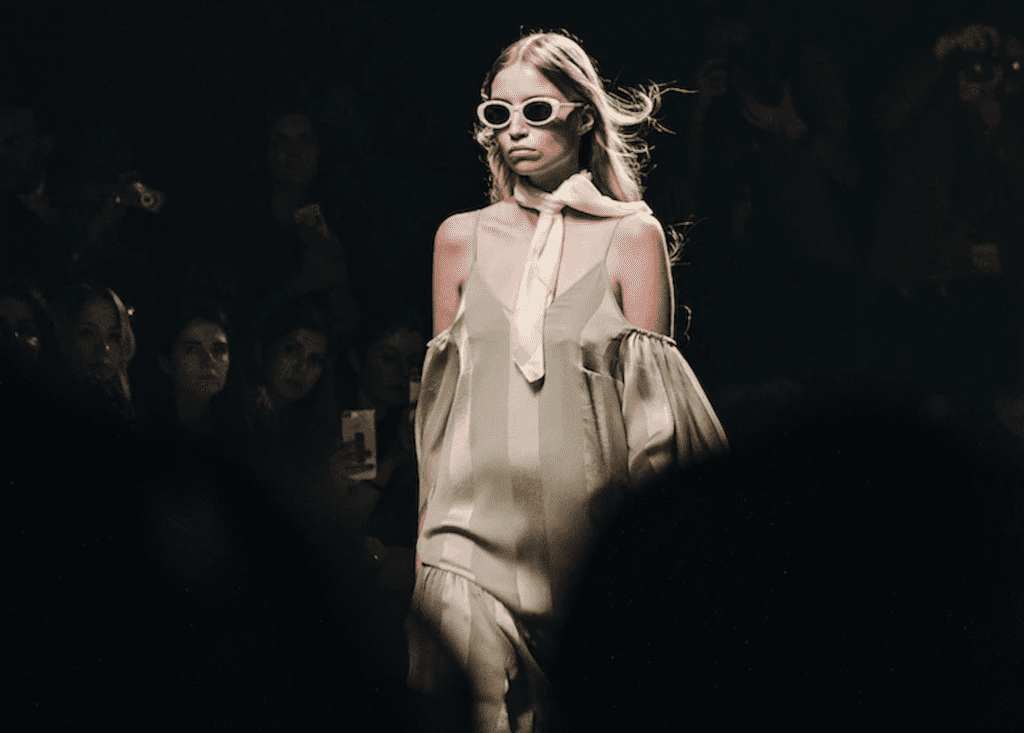Fast fashion is big business. Zara has built a brand that records $18.9 billion in revenue annually thanks to its supply-chain-efficient efforts to take looks from the runway, recreate them for a fraction of the cost, and put them on its e-commerce site and on brick-and-mortar shelves across the globe in a matter of weeks. Fashion Nova – which is firmly situated among a new wave of wildly popular ultra-fast fashion entities – has built a lucrative business thanks to the lighting-speed replication of celebrity looks, with its revenues, which were inching towards a half a billion dollars as of 2017, a testament to its growing appeal.
As these brands continue to amass loyal followings, grow their already-enviable bottom lines, and boast increasingly swift turnaround times, one of the most common questions is this: how exactly do brands – whether it be Zara and Fashion Nova or those of heavily-followed influencers that routinely look to high fashion for “inspiration” – sell near-exact replicas of designer looks and remain largely unscathed by intellectual property litigation? In other words, how is this type of copying legal?
The business of fast fashion is an interesting one because in the U.S., in particular, it is able to flourish thanks in large part to loopholes in the law. While copyright law, for example, provides sweeping protection for original artistic creations, such as films, song lyrics, sculptures, and photographs, among other types of creative works, the law is steadfast in its unwillingness to protect useful articles.
Due to the utilitarian properties of apparel (to keep the body warm, covered, etc.), footwear (to protect the wearer’s feet), handbags (which enable the carrier to easily transport things), etc., fashion has routinely found something of a frenemy in copyright law. While U.S. copyright law does not necessarily prohibit the protection of garments, at the same time, it certainly will not provide a bundle of exclusive rights to the designer of a dress for the design of a dress as a whole. In order to enjoy copyright protection, a designer must be able to show that there are original and “separable” elements at play.
This is a relatively easy task if a garment includes an original print, pattern, graphic, textile design, or other surface decoration that could, at least in theory, exist “either on its own or fixed in some other tangible medium of expression.” A recent example? In the case that it filed against Marc Jacobs late last year, Nirvana LLC is claiming copyright protection in its famed smiley face design because it can be imagined separately from the t-shirt upon which it appears.
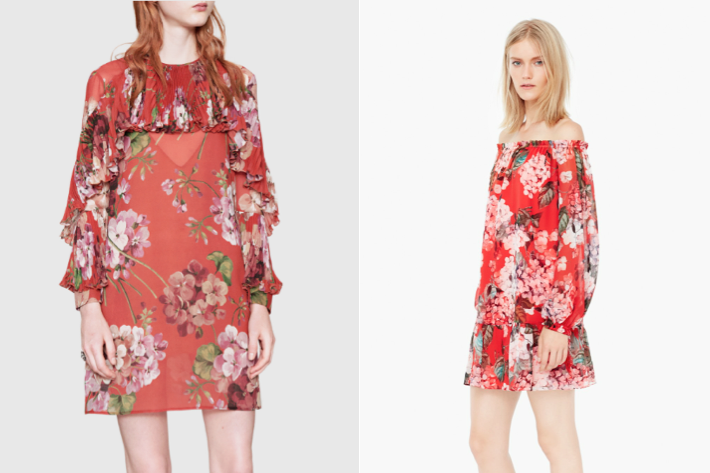
But sans easily-identifiable elements that could amount to separately existing copyrightable works, meaningful copyright protection is often difficult to achieve for garments, even on the heels of Star Athletica v. Varsity Brands, in which the Supreme Court confirmed that design features incorporated into apparel are capable of being protected.
Copyright law is not the only potential avenue for designers, though. Other forms of intellectual property – trademarks and patents – provide legal backing for fashion designs, but these types of protection are not without limitations. Trademark law, for instance, protects a brand’s name, logo, and other source-identifying elements, but such protection is limited exclusively to the trademarks, themselves, and does not extend to the underlying design of a garment or accessory. (The potential exception here, so to speak, is trade dress, which protects the visual appearance of a product as long as there is secondary meaning, i.e., proof that consumers can link the appearance of the product with the source).
Design patents are a well-suited form of protection for fashion designs, as they protect the “new, original, and ornamental design” of a product. While this bodes well for the design of a shoe or handbag or even a garment, there is, one again, a bit of a roadblock here for most brands. Practically speaking, design patent protection is expensive (a single patent could cost thousands of dollars) and requires a relatively long time (upwards of one year) to obtain. That is often too expensive and too long for most fashion brands, whose business models depend on trends and season-specific wares, and save for conglomerate-owned ones, are not flush with cash.
Taken together, the technicalities that come with the various types of intellectual property law, whether it be the separability requirement for copyright protection or the cost of a design patent, form something of a legal (and practical) loophole that enables fashion brands – high fashion ones and fast fashion ones, alike – to look to existing designs and recreate them without fear of intellectual property infringement action.
This is not to say that fast fashion brands are not sued for copying, because they are. Fast fashion brands have been slapped with infringement lawsuits for copying easily separable elements of garments, such as original pin or patch designs, but even in those instances, it is worth noting that those infringement claims apply only to the pin (or other separable) designs, themselves, and do not extend to the garments upon which the pins appear, thereby, demonstrating the limits of copyright protection and the power that fast fashion brands have to get away with copying.
More recently, Kim Kardashian filed suit against Missguided after the British fast fashion brand allegedly used her likeness to sell cheap, copycat versions of her designer clothing. You will notice in that case, neither Kardashian nor any of the designers behind the copied looks are making infringement claims in connection with the replicated clothing — because they likely do not have any claims to make as a result of foregoing concerns. Instead, Kardashian is asserting right of publicity violations, proving that while copycat wares may be perfectly legal in most cases, there may be other ways to pursue these fast fashion copiers in court.




